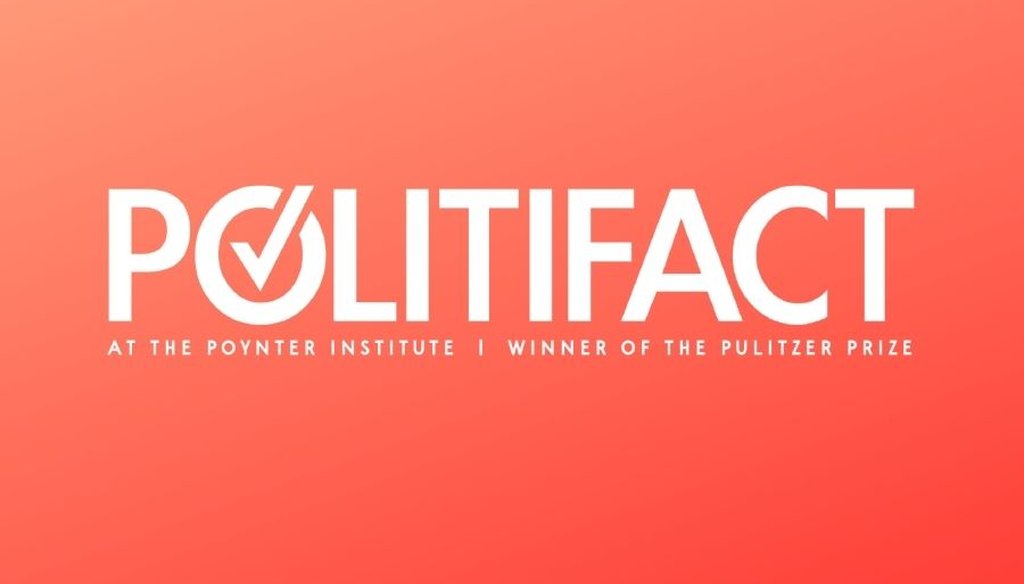Get PolitiFact in your inbox.

President Obama signed the stimulus bill in February 2009.
The stimulus bill signed by President Obama on Tuesday will not only pump hundreds of billions of dollars into the economy, it will fulfill a surprising number of the new president’s campaign promises.
Of the 510 promises being tracked by PolitiFact, the stimulus bill will fulfill or advance about 50 of them, a remarkable number for a president who has been in office only four weeks.
The accomplishment reflects the extraordinary scope of the bill, which covers everything from tax credits for workers to weatherizing homes. It includes billions of dollars for a Republican-backed fix for the Alternative Minimum Tax, and millions more for border security, a better electrical grid and even hybrid cars for the federal fleet.
Much of the congressional debate about the bill focused on individual spending proposals and whether they were pork barrel projects that critics considered wasteful. But that debate obscured how much the bill advances Obama’s agenda. Just a month into his presidency, Obama has used the economic stimulus to pass major elements of his domestic agenda on energy, tax policy and education.
The economic crisis has presented Obama with a daunting challenge, but because virtually any spending can be considered "stimulative," it’s also given him a unique opportunity to quickly push through a large swath of his campaign priorities. Not many new presidents have the political capital to propose spending nearly $1 trillion within weeks of taking office. Under normal circumstances, it would’ve taken considerably longer and been much more difficult to get so much through Congress. Obama, aided by a solid Democratic majority in both houses, did it in a month.
In some cases, Obama is boosting programs that were low priorities for the Bush administration. In others, Obama is using the bill to launch new programs that he says will simultaneously stimulate the economy and create incentives for new technology, clean energy and education.
"It’s more than just a stimulus bill," said political analyst Stuart Rothenberg. "It’s a stimulus bill that reflects the priorities and promises of Barack Obama, of Democrats and the new administration."
Norman Ornstein, a political analyst the American Enterprise Institute, a conservative think tank, describes Obama’s rapid-fire early achievements — the largest economic stimulus bill in history, plus an expansion of children’s health care and a new law that helps victims sue for discrimination — in historical terms.
"That really does put him in Rooseveltian territory."
A giant bill
The bill is huge — 1,071 pages.
It is known as H.R. 1, the first bill in the House of Representatives, a number Democratic leaders chose to show it is their top priority. Officially, it’s called the American Recovery and Reinvestment Act of 2009.
Its cost is estimated at $789 billion. The White House calls it "the most ambitious effort to stimulate the economy in our nation’s history" and says it will "create or save" 3.5 million jobs over the next two years, provide a tax credit for 95 percent of workers and their families and will double the nation’s ability to generate renewable energy in three years.
Under the new law, the government will spend $150 billion to make repairs to the nation’s infrastructure. In the old days, that just meant roads and bridges and perhaps mass transit, but the Obama White House now defines it to include the electricity grid and the broadband Internet network.
In some cases, the bill funds programs that Obama did not specifically promise to fund or support but that fit his overall themes. For example, in keeping with his promises of government accountability, the bill sends $323 million to various inspectors general in the federal government. In keeping with his promises about revitalizing rural areas, the bill sends billions of dollars to programs that affect rural housing, business, utilities and drug-related crime.
'Enhance Earth mapping'
After the November election, PolitiFact staffers combed through Obama’s speeches, position papers, Web site and debate transcripts and identified his campaign promises. Of the 510 we found, 19 were tagged as related to the economy.
But the new law includes dozens more that weren’t initially intended as an economic stimulus. On energy, it addresses promises such as No. 452, "Weatherize 1 million homes per year," and No. 468, "Require hybrid fleet at the White House." On the environment, it addresses No. 500, "Increase funding for the Environmental Protection Agency," and No. 263, "Improve water quality."
The bill addresses many other promises that could be labeled "miscellaneous," such as No. 278, "Remove more brush, small trees and vegetation that fuel wildfires," No. 371, "Fund a major expansion of AmeriCorps," and No. 345, "Enhance Earth mapping."
At the signing ceremony in Denver, Obama said the bill would have a sweeping impact.
He said, "We have begun the essential work of keeping the American dream alive in our time."
Promises so far from the stimulus:
Here are the promises from the stimulus that we've rated so far. Keep in mind that the items won't all earn a Promise Kept. Indeed, our new ones include two Promises Kept, two Compromises and one Broken.
• No. 327, Support increased funding for National Endowment for the Arts, Promise Kept
• No. 32, Create a tax credit of $500 for workers, Compromise
• No. 257, Create the American Opportunity Tax Credit to offset college costs, Compromise
• No. 505, Create a $3,000 tax credit for companies that add jobs, Promise Broken
• No. 40, Extend and index the 2007 Alternative Minimum Tax patch, Promise Kept
Our Sources
Interviews: Stuart Rothenberg and Norman Ornstein, Feb. 17, 2009
White House, White House releases state by state numbers, Feb. 17, 2009












































